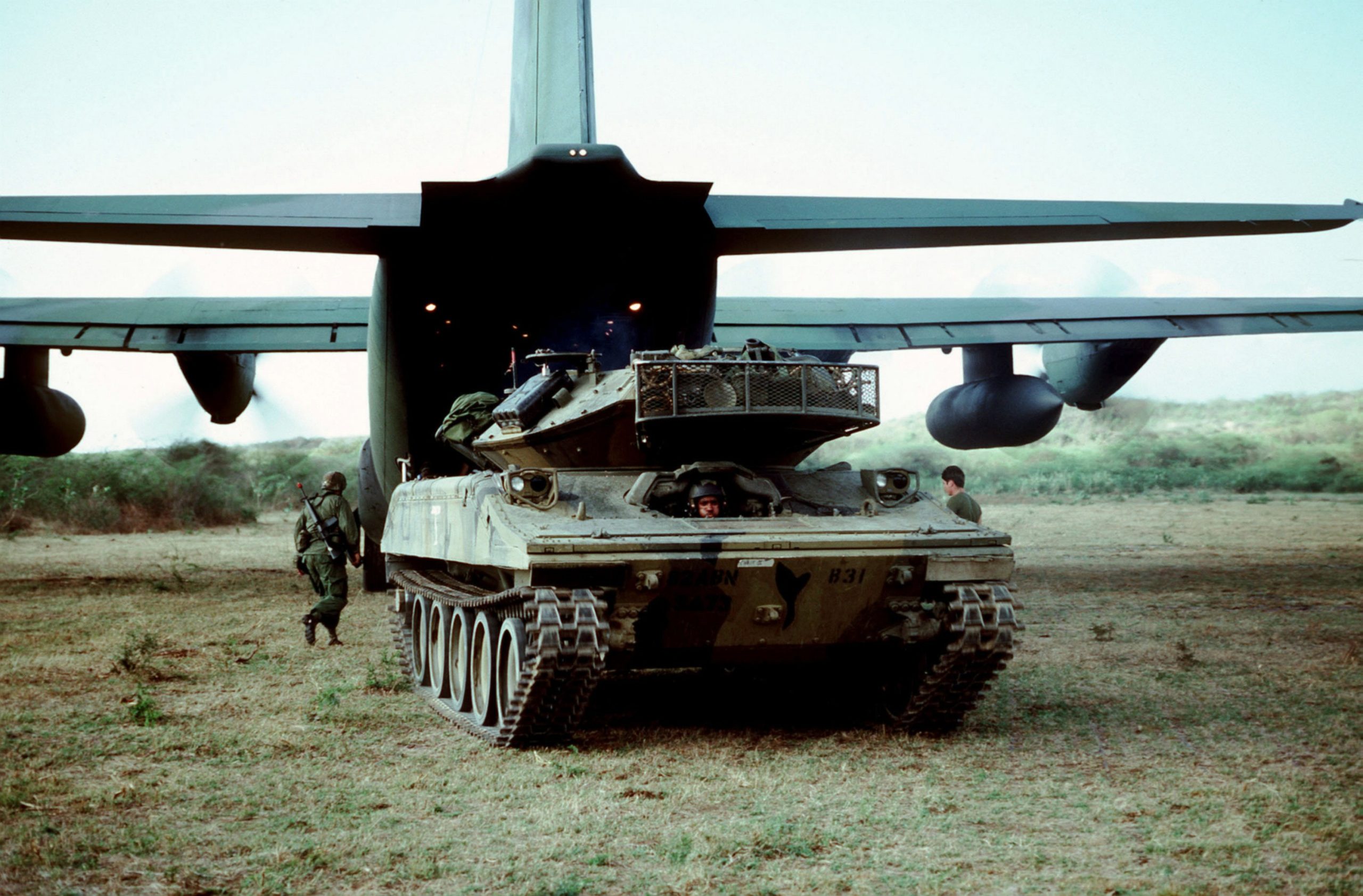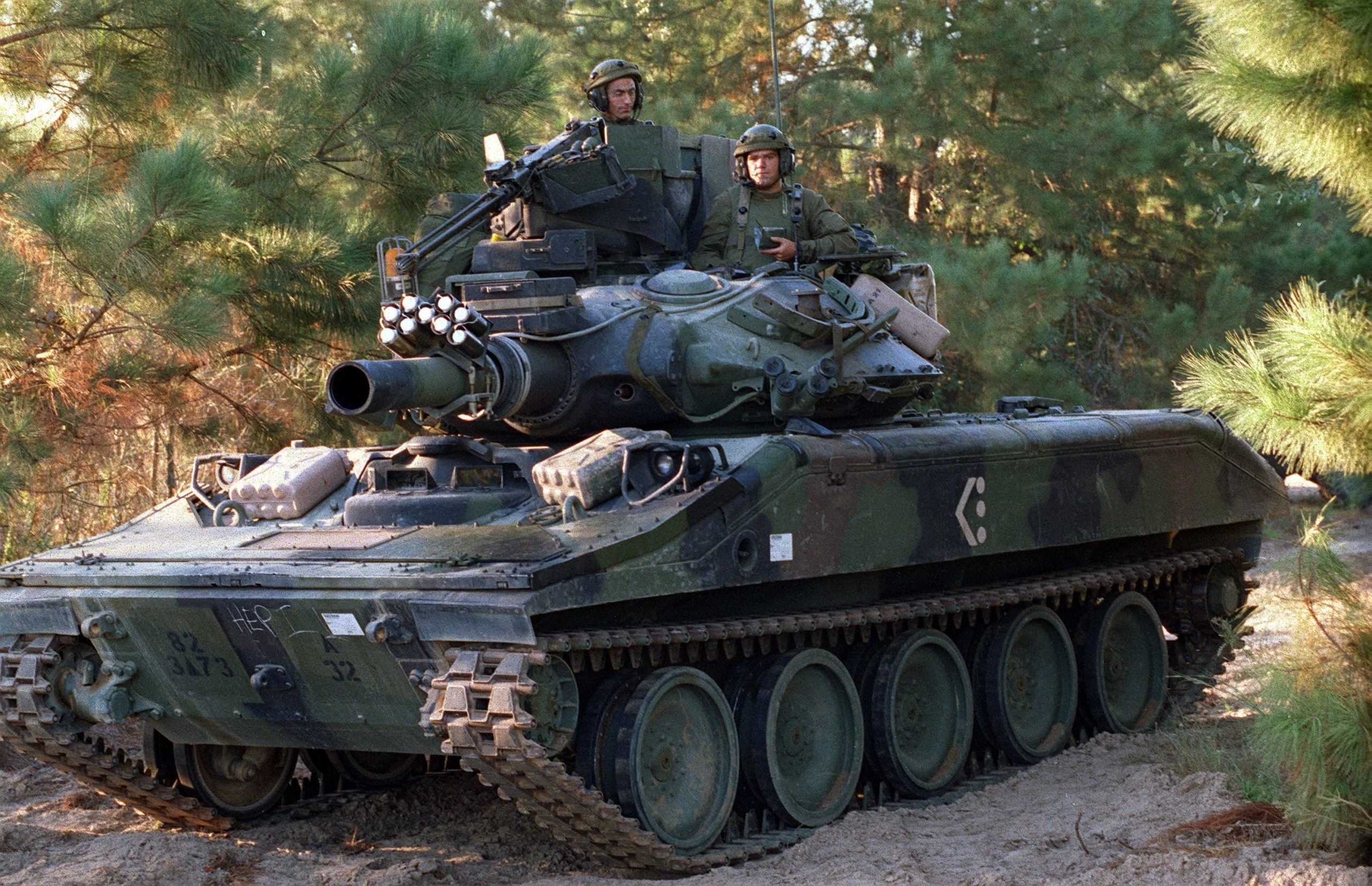What constitutes a tank’s failure? Is it an unreliable drivetrain, susceptibility to catastrophic explosions, or exorbitant costs? The M551 Sheridan, while not the worst in combat, faced challenges and criticisms throughout its service, fading into obscurity despite its 25-year tenure.
The US Army’s relationship with light tanks has been complex, evolving from frontline combat to specialized roles like reconnaissance. As warfare dynamics shifted, the Sheridan struggled to justify its place amidst heavier, more robust counterparts.

Designed for amphibious assaults and airborne deployments, the Sheridan boasted innovative features like the MGM-51 Shillelagh anti-tank missile. However, its combustible propellant made it vulnerable to enemy fire, undermining its effectiveness in combat.
Despite its setbacks, the Sheridan endured, serving in various roles until its retirement in the late 1990s. From Vietnam to Operation Desert Storm, it adapted to changing battlefield demands, earning respect for its agility and versatility amidst evolving warfare doctrines.

